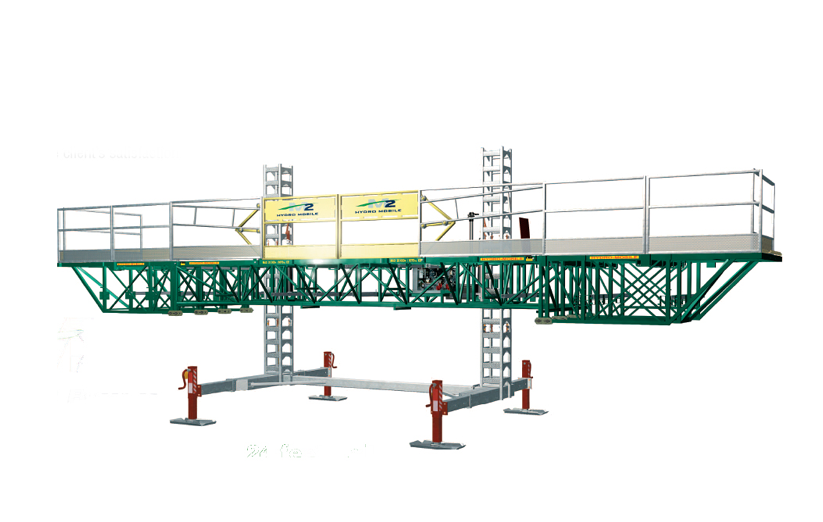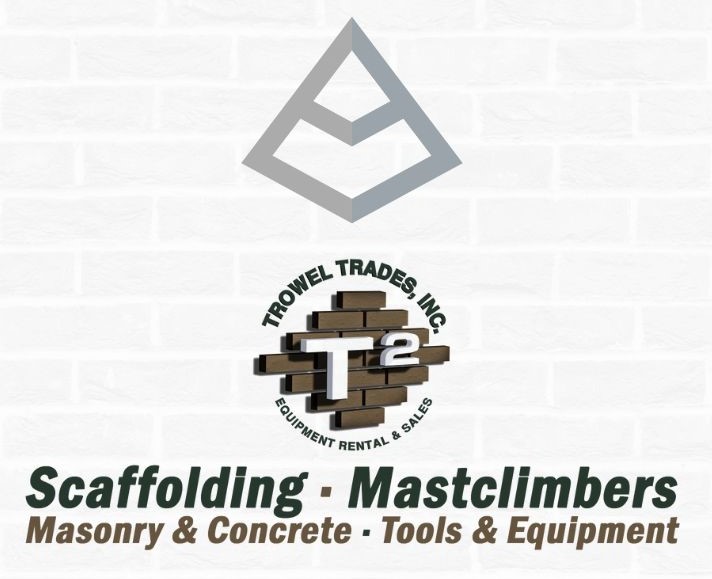
FREE SHIPPING ON
ALL QUALIFYING ORDERS
Enter your email below to join our mailing list:

In a recent ergonomic survey of 42 masonry contractors who used mast climbers “sometimes, frequently or always,” nearly 70% cited increased productivity as the greatest advantage of this equipment. More than 60% said the mast climbers save time, and more than 50% viewed them as safer than other types of scaffolding. On the downside, over 70% of survey respondents said the greatest disadvantage was their cost (Hess et al. 2010).
As this survey suggests, mast climbers offer significant gains in productivity and convenience compared with other types of scaffolding. In addition to being quicker to erect and dismantle, they can be adjusted to position workers at the optimum location for performing their work quickly and precisely. This adjustability may yield substantial ergonomic benefits as well, reducing workers’ risk of musculoskeletal disorders, such as sprains, strains, and lower back injuries, which can result from awkward postures during lifting, material handling, and when working on building faces. Mast climbers also have a very large load capacity, allowing vertical transfer of large loads and workers together on a single platform. The equipment can be customized to suit specific building profiles and project needs, and requires a smaller footprint than other forms of scaffolding. Given their large load capacity, high reach, flexibility, and relatively quick erection times, it is likely that the use of mast climbers will continue to grow well into the future.





No spam, notifications only about products and updates.

Having dealt with MK Diamond Products and the Delahauts since the mid 1990’s it is sad to hear the news that they have closed their

I’ve told my wife and daughter to never follow a mortar mixer down the interstate. For over 30 years we have sold, rented, and repaired

This question is one of the most frequent mixer related questions our rental staff are asked. Our contractor customers know the importance of using the right tools for the job.

Trowel Trades, a company that specializes in equipment rental, tool retail, repair services, scaffolding and mast climber access solutions, enters the Silver Tier of the Masonry Alliance Program.
Your email was submitted successfully.
YOUR 10% OFF COUPON CODE IS WELCOME10.
See category exclusions below.
Category Exclusions:
Arbortech Brick and Mortar Saw, Compaction, Concrete Mixers, Concrete Walk Behind Saws, Drop Hammers, Grout Hogs, iQ Power Tools, Masonry Block Saws, Masonry Brick Saws, Mast Climbers, Mortar Mixers, Mud Buggy, Saws, Scaffold, Self Dumping Hoppers, Shoring, and Stihl